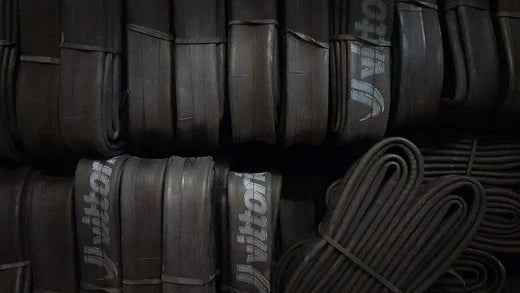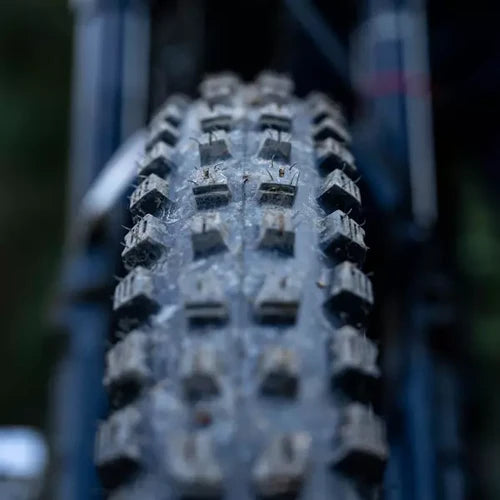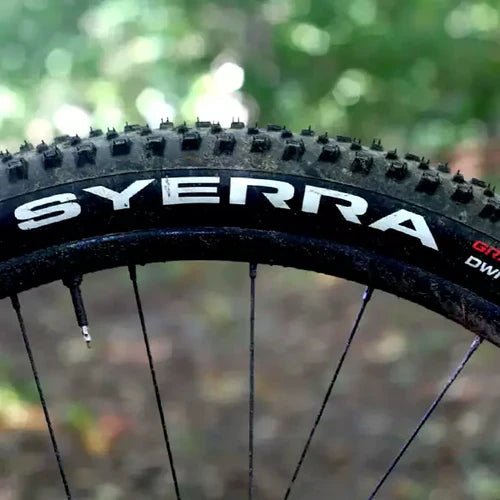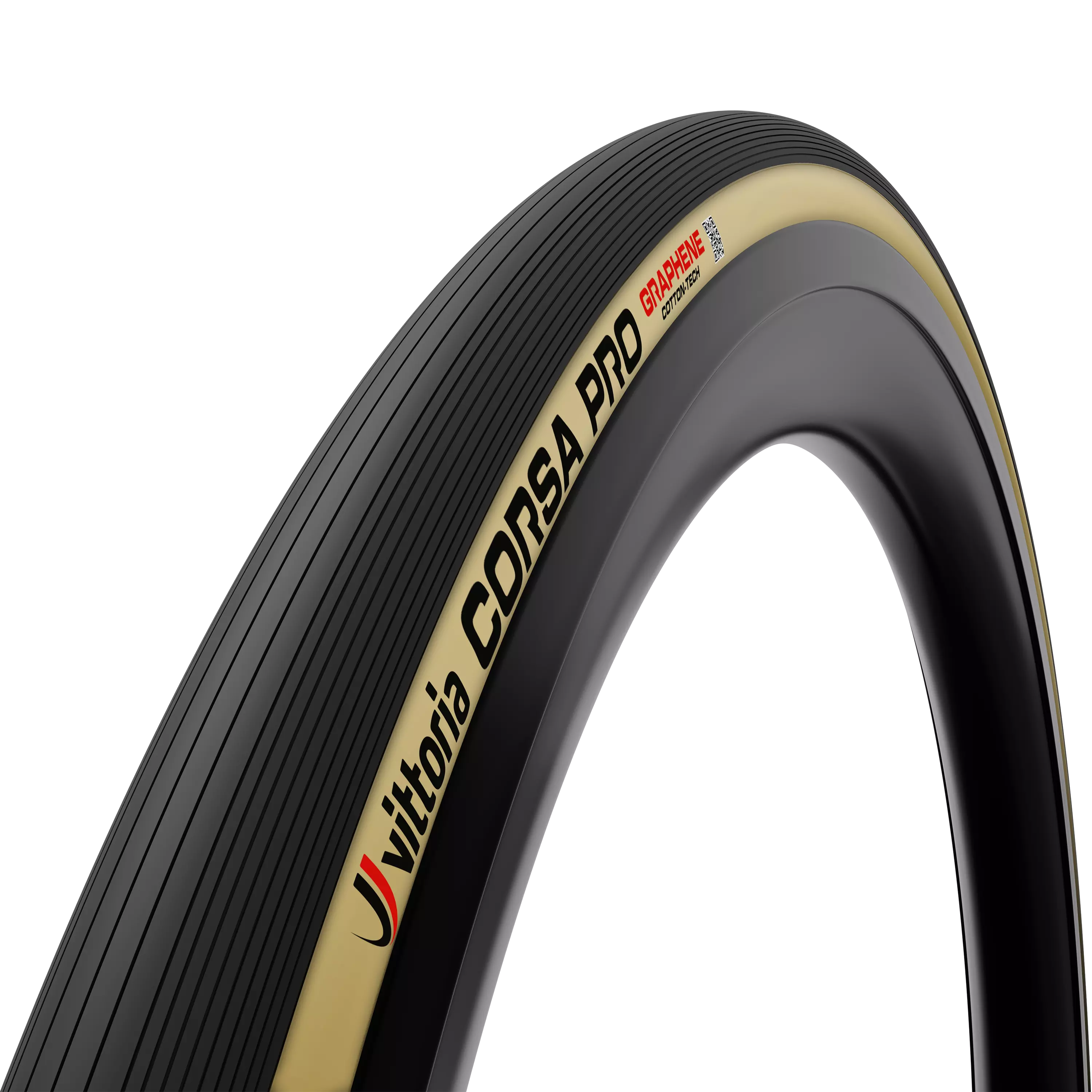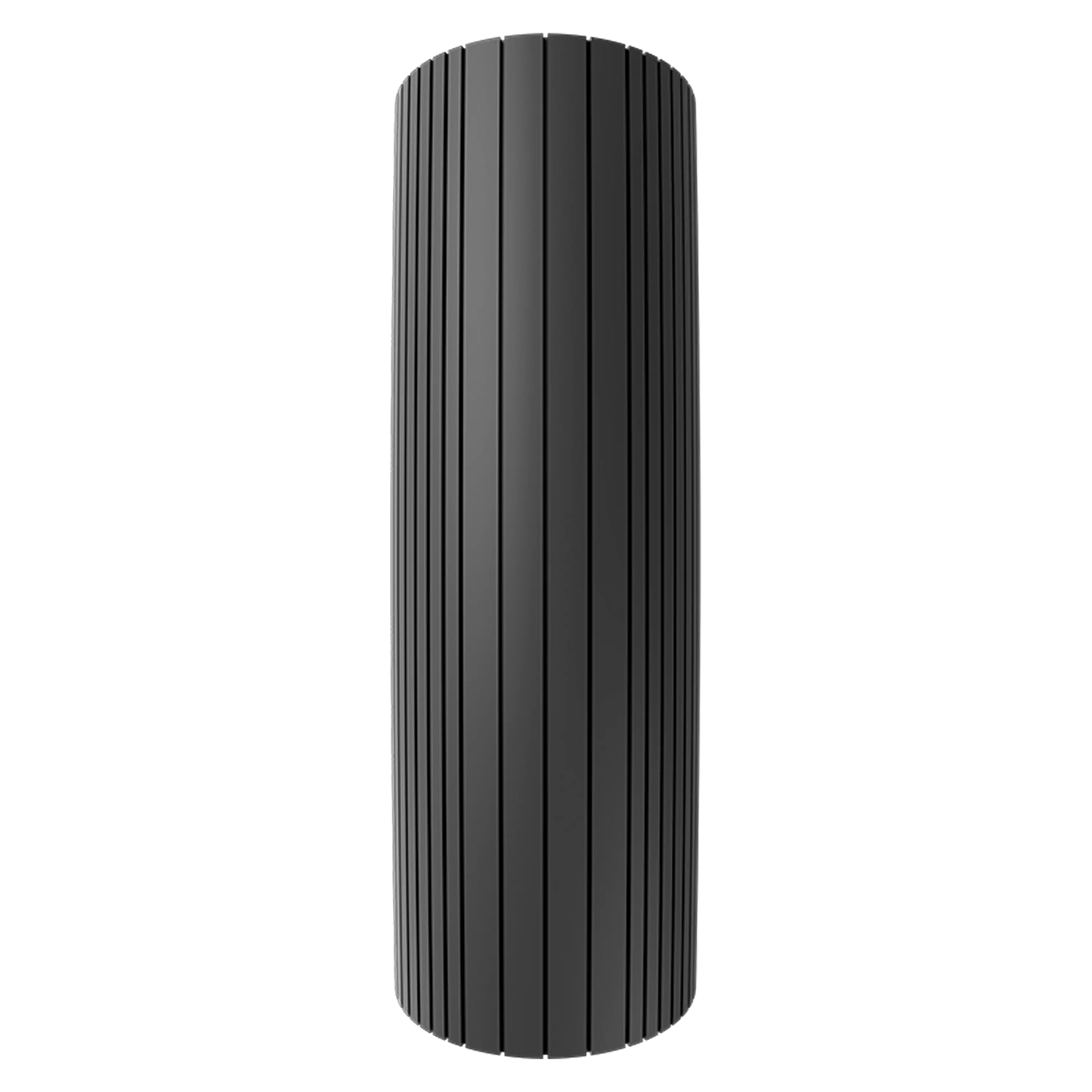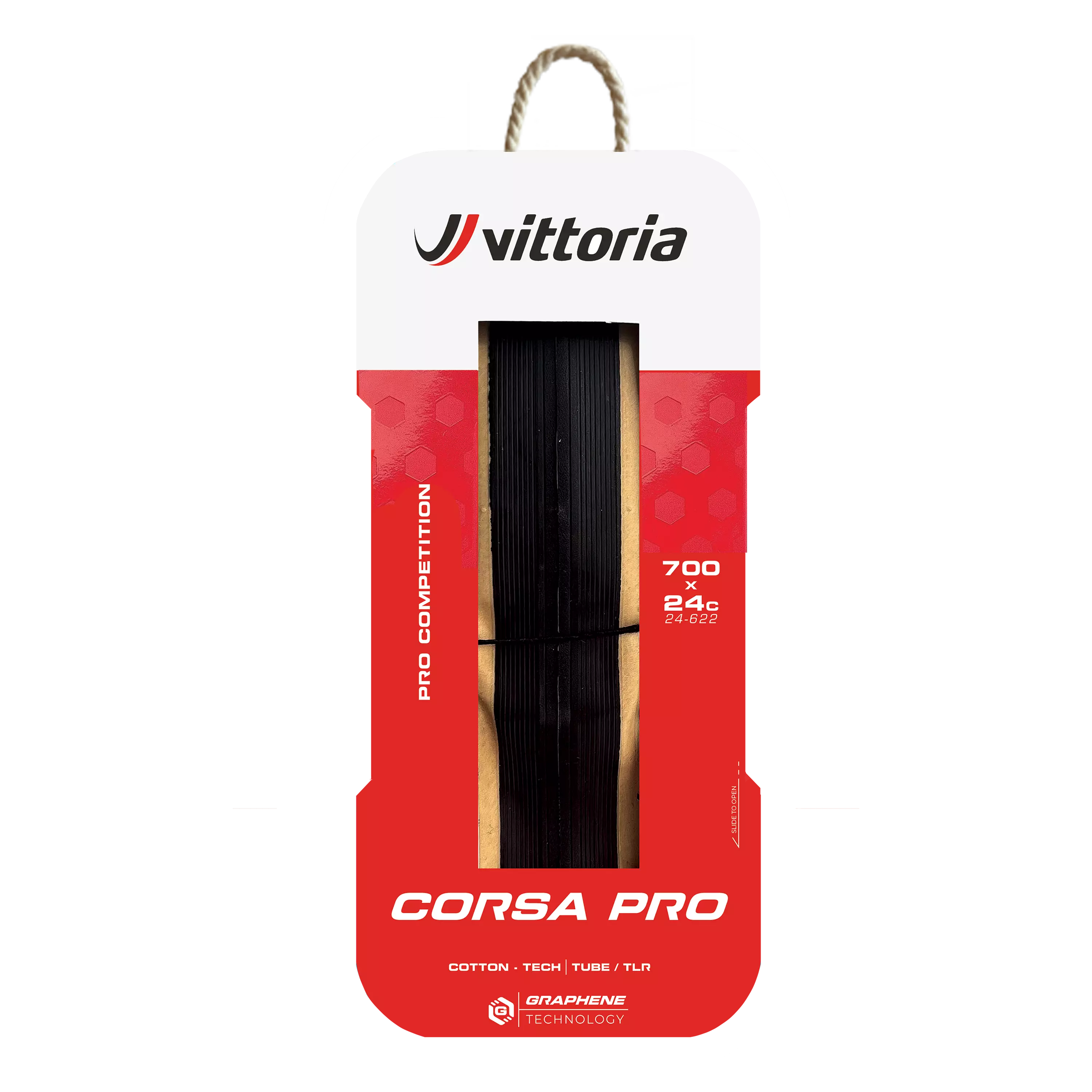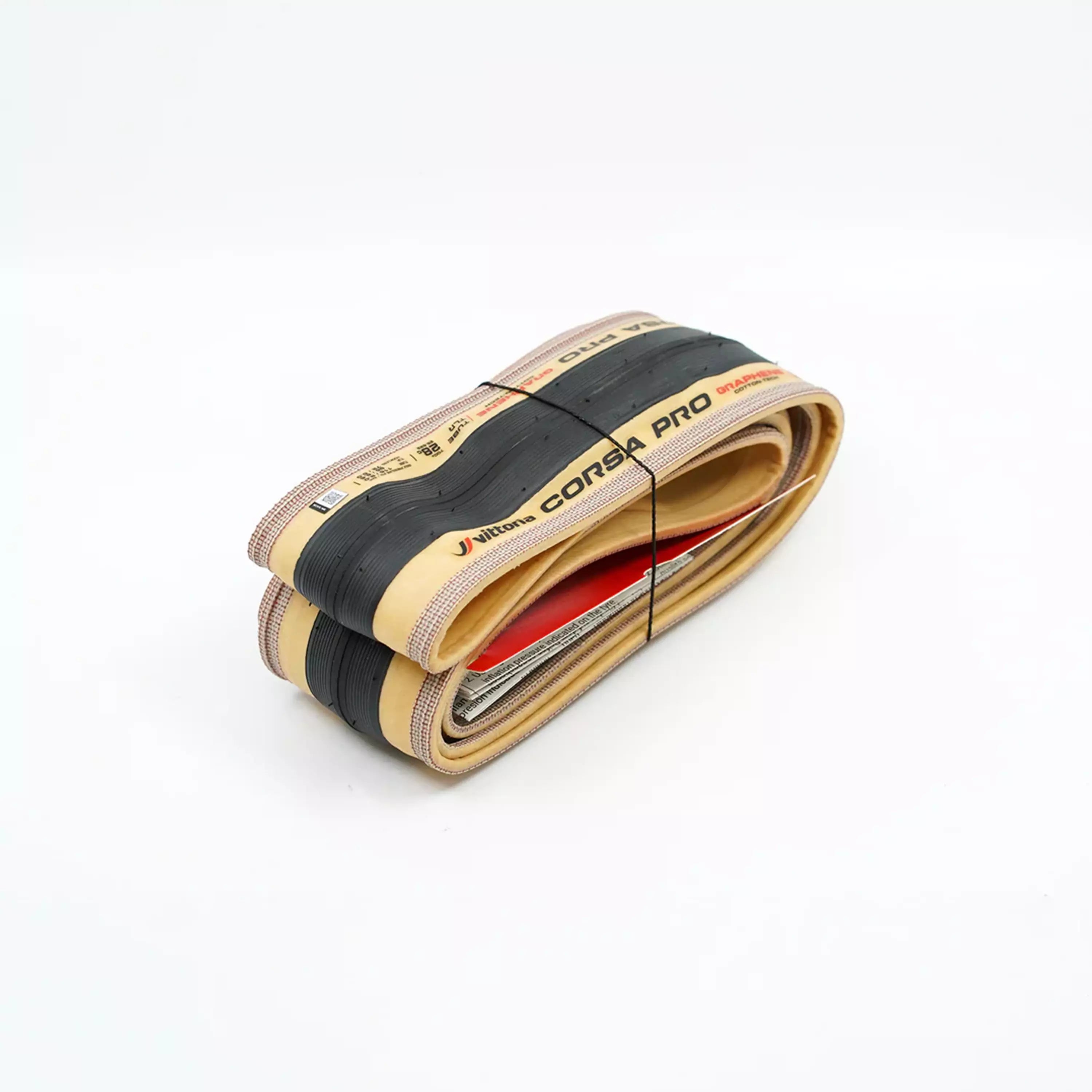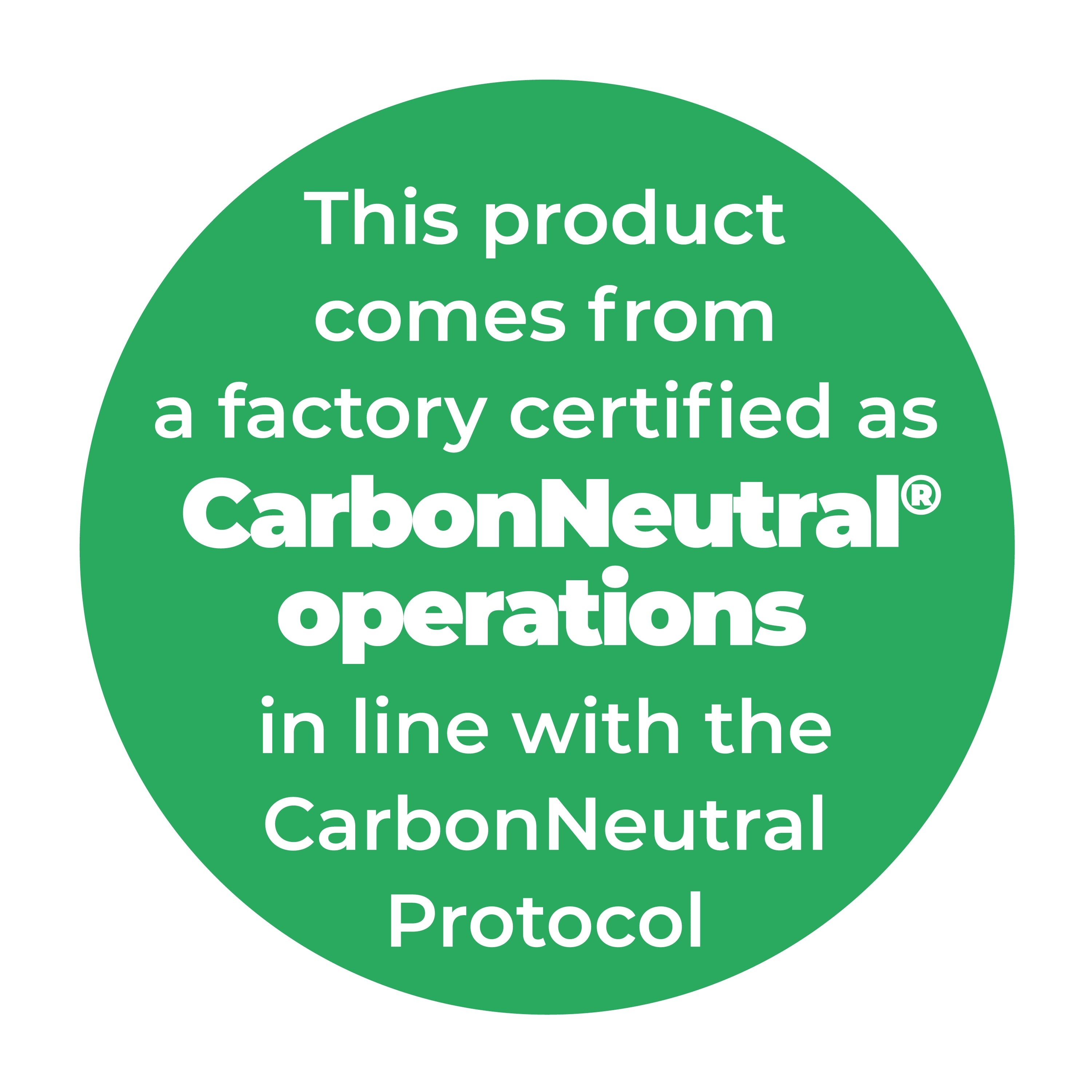The most common form of inner tubes found today, are made from butyl rubber, which is a synthetic elastomer made by combining isobutylene and isoprene. This material is an excellent choice for inner tubes, as it exhibits quite positive shock absorption characteristics for durability, while returning low moisture and gas permeability, to maintain internal pressure. These tubes are known for their classic black color, durability, and low cost, which provide an effective solution for a large population of users.
For these reasons, butyl tubes are widely used commercially. For example, these are most likely the tubes found as original equipment on your new bike, or that a shop may use to repair a common flat tire. In the event of a puncture, butyl tubes are easy to patch using an inexpensive patch kit, which is readily available at bike shops, as well as most hardware stores. These patches are applied using rubber cement, and have a similar elasticity to the tube itself, ensuring a positive repair.
Types of butyl inner tubes
As butyl tubes are primarily designed for utility, they come in a wide variety of sizes and wall thicknesses, further broadening their useful range of application. There are “ultralight” versions of butyl tubes, which feature a thin wall, designed for minimizing weight, and maximizing flexibility. Conversely, there are also “thorn-proof” butyl tubes, which employ a thicker wall, designed to minimize punctures. Then, there are also the standard replacement tubes, which are a happy medium of all the above traits. A further variation also includes a “self-sealing” version, which is most made from a standard butyl tube containing a liquid sealing agent, designed to automatically seal small holes.
